March 2005
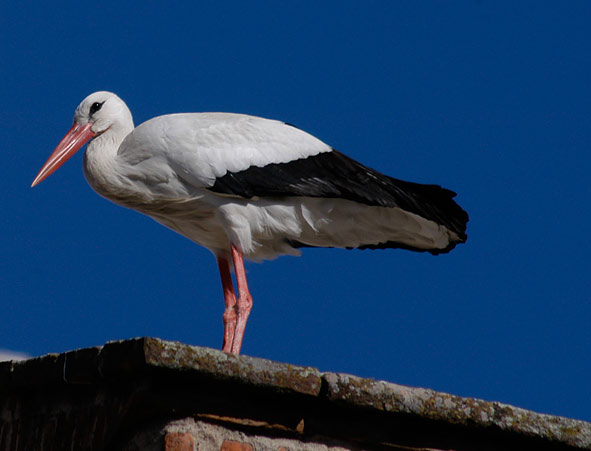
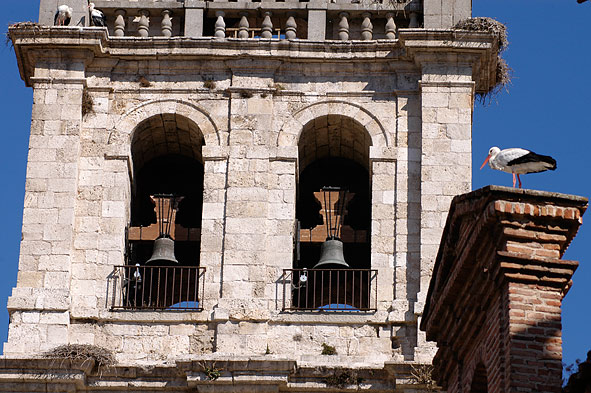
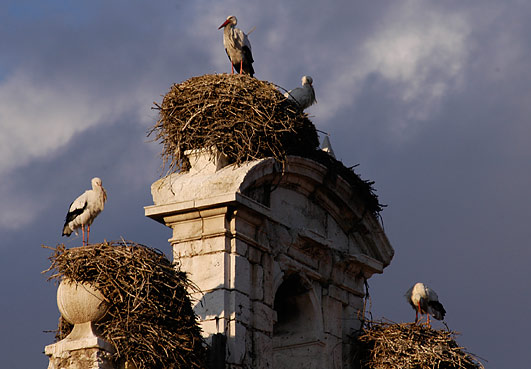
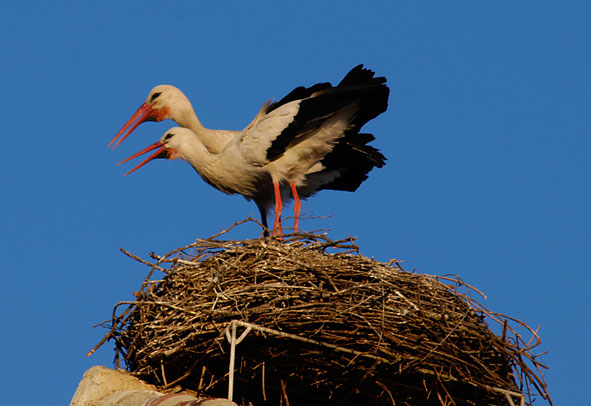
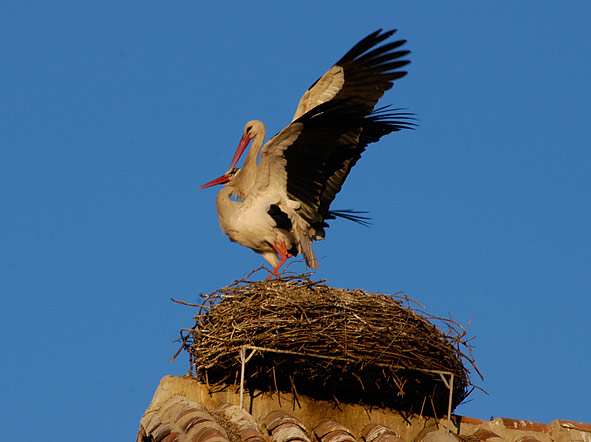
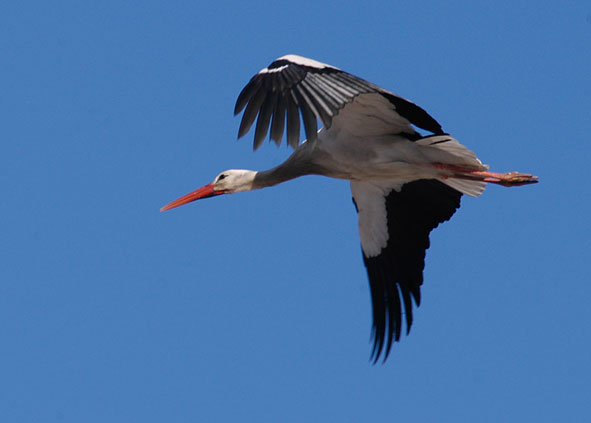
Mid-month was quiet, though I did find an adult summer Iceland gull at Barrow tank 3 on 12 March, and saw 3 greater scaup and 10 Mediterranean gulls at Chew on the same day.
Our family holiday at Easter this year was in Cyprus, between 20-27 March. This is a little too early for the main spring migration period, but I saw some good birds nevertheless. We stayed north of Pafos on the south-west of the island, and enjoyed sunshine all week.
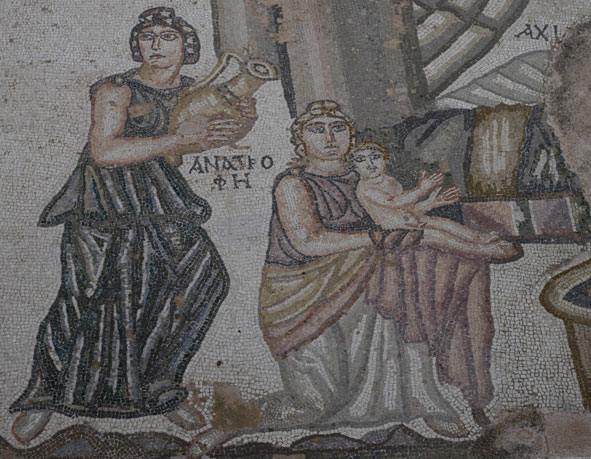
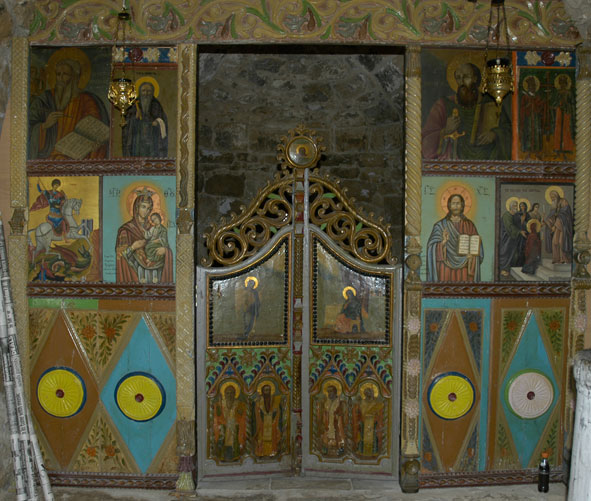
My local patch was around our apartments at Helios Bay. White wagtails fed on the lawn. On the first morning, I found a spur-winged plover, quite an uncommon bird in Cyprus.
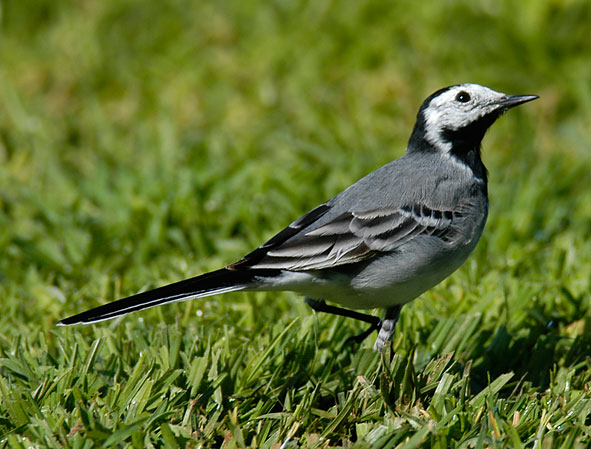
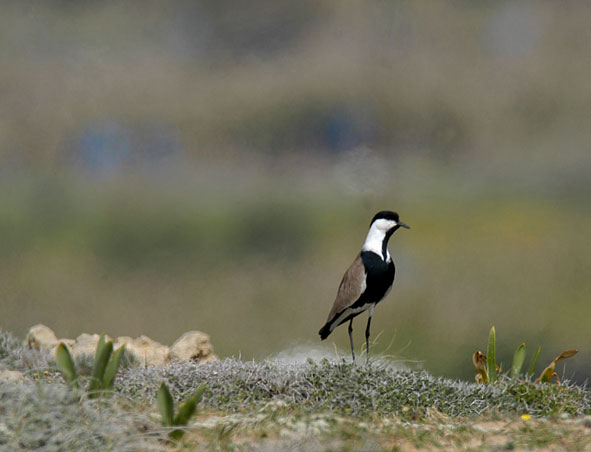
The area also held migrating wheatears. The photos below are of a male (left) and female (right) northern wheatear.
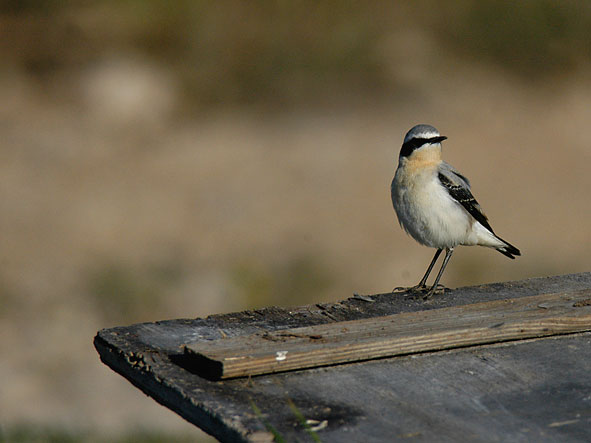
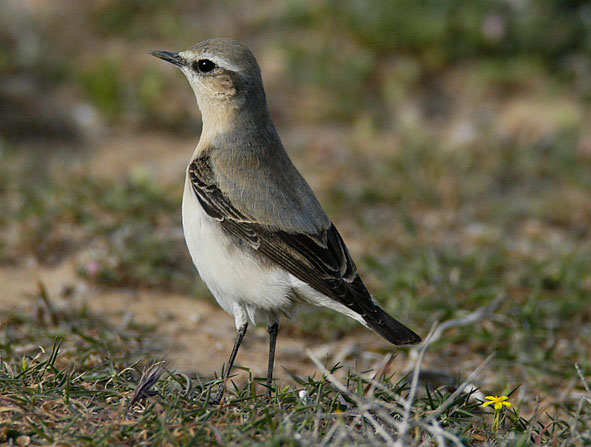
On the last day I found an Isabelline wheatear. Note the black alula and the extensive black on the tail of this bird.
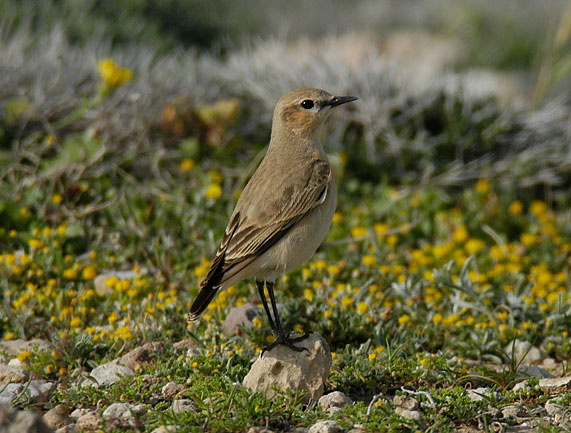
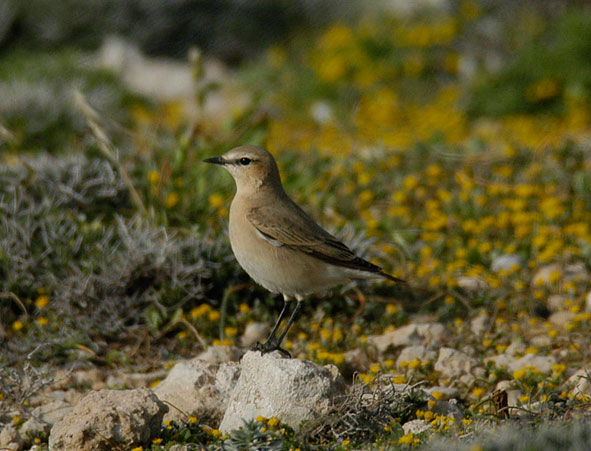
Other interesting birds in this area included crested larks (left), and up to 4 short-toed larks (right).
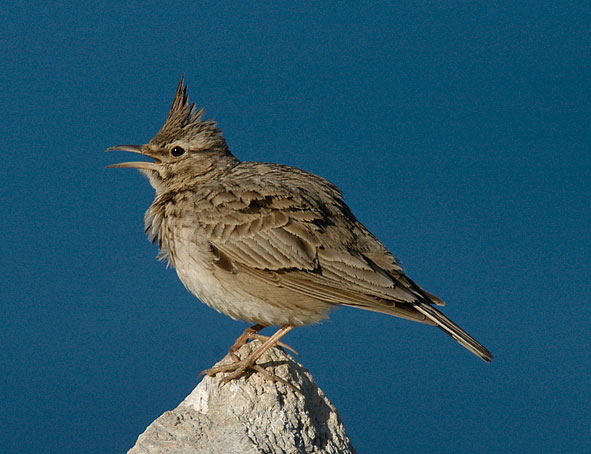
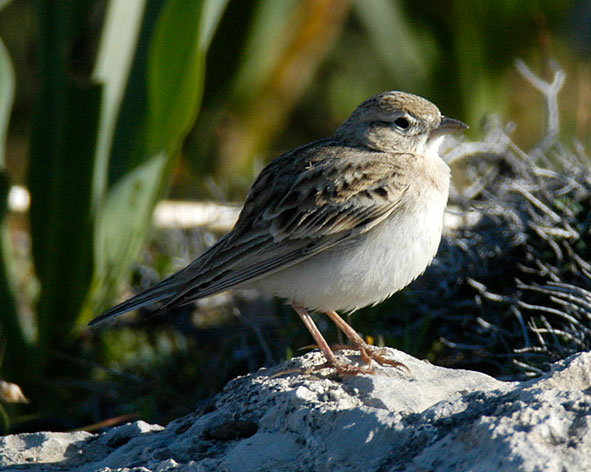
My favorite birds here were the Cretzschmar's buntings, with up to 4 seen.
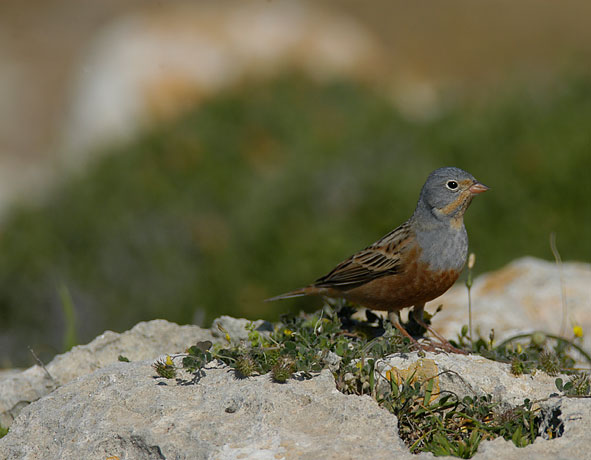
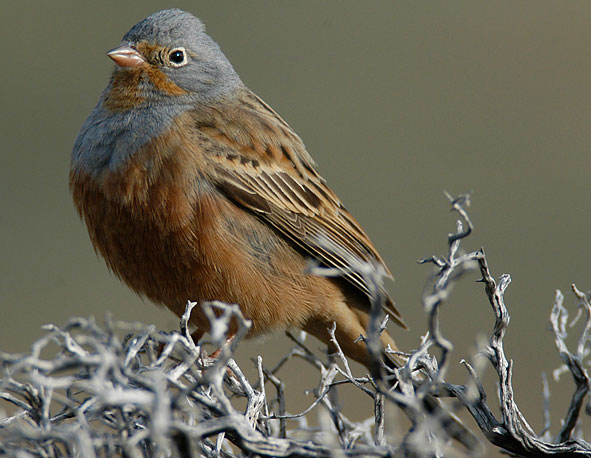
Spanish sparrows nested in the grounds of a nearby restaurant, and yellow-legged gulls were seen along the coast.
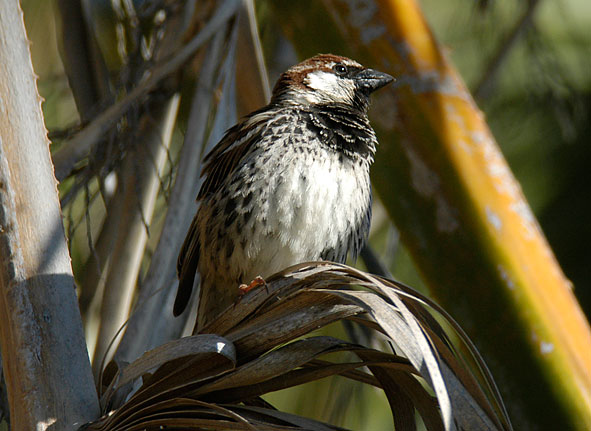
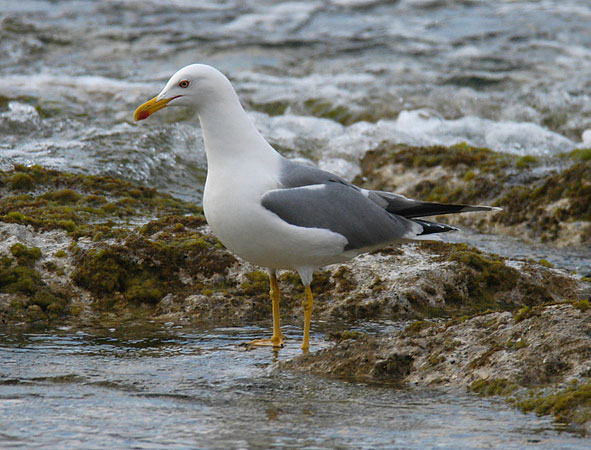
I also found a Ruppell's warbler along the coast, and corn buntings were common on the nearby farmland.
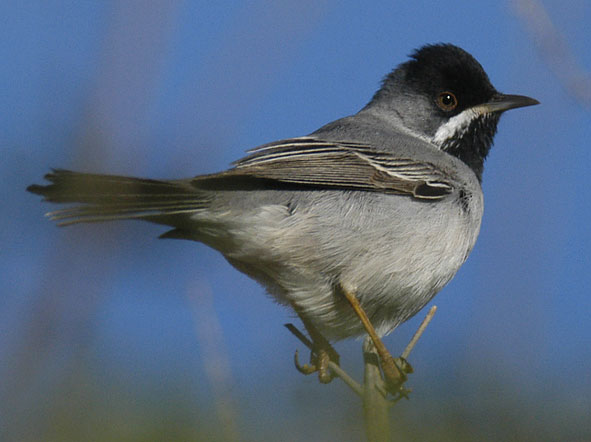
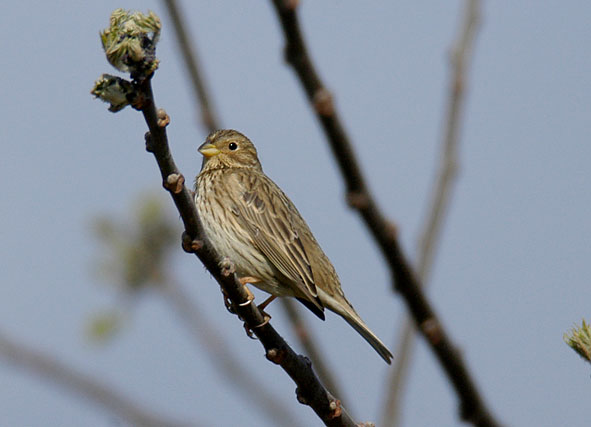
Around the island, the endemic Cyprus warblers were common. The photo below shows a singing male that I photographed by locating a song perch, and waiting for the bird to sing from it on a following day.
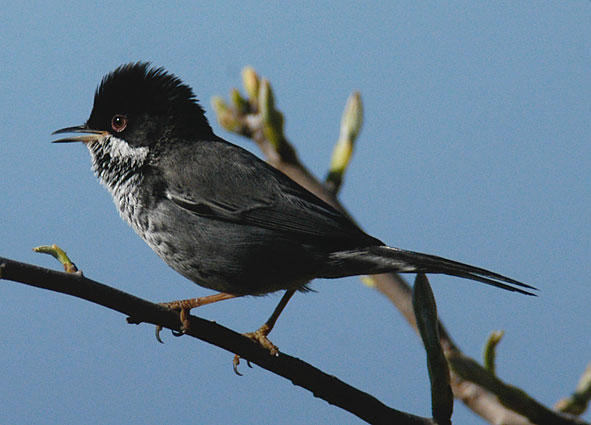
Pafos lighthouse area is renowned as a migration hotspot, but I saw very little there. I did manage to photograph a hooded crow gathering nest material. I also had some excellent views of a male kestrel.
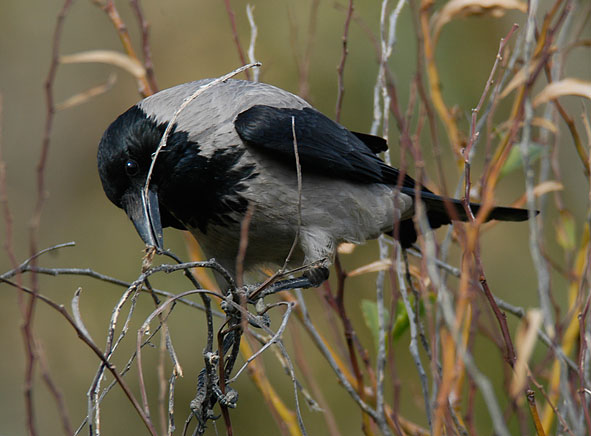
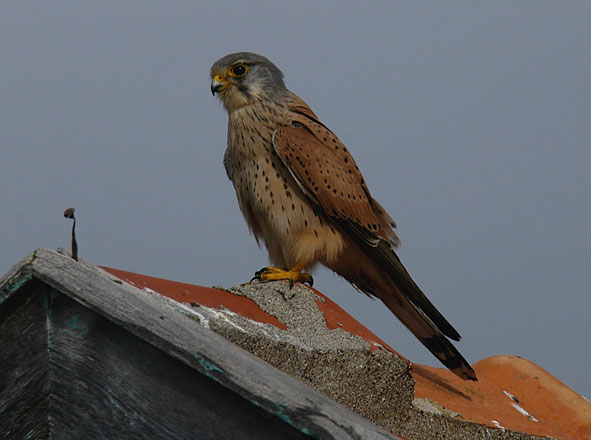
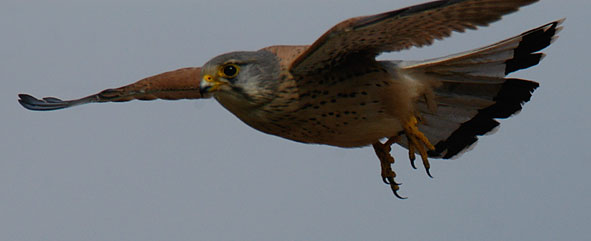
Black francolins are widespread in farmland around Pafos, and I photographed a male singing from a mound close to the lighthouse.
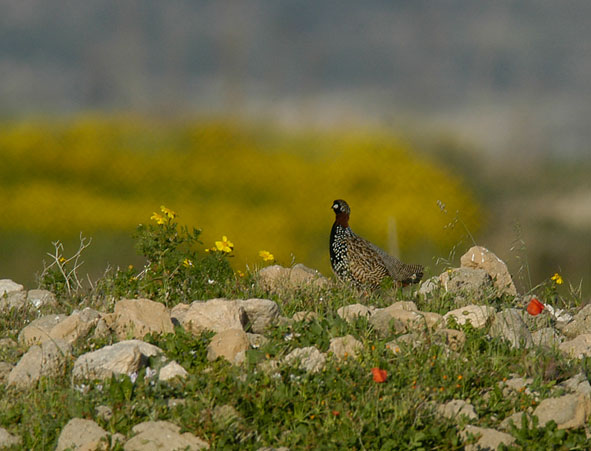
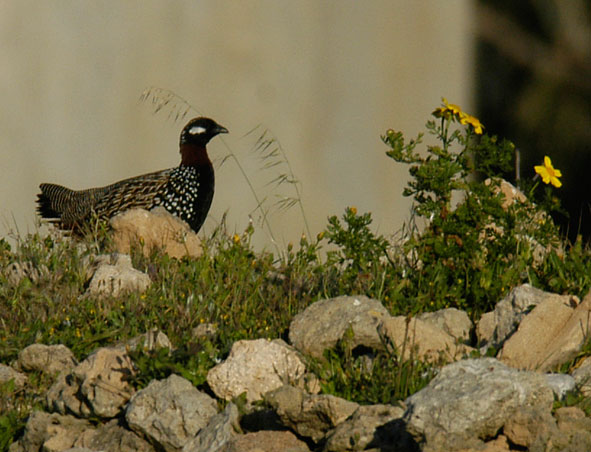
I saw the Cyprus subspecies of coal tit and crossbills (below) on a trip to the Troodos mountains.
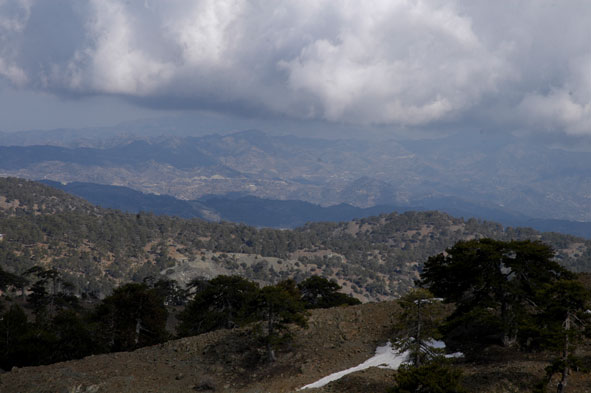
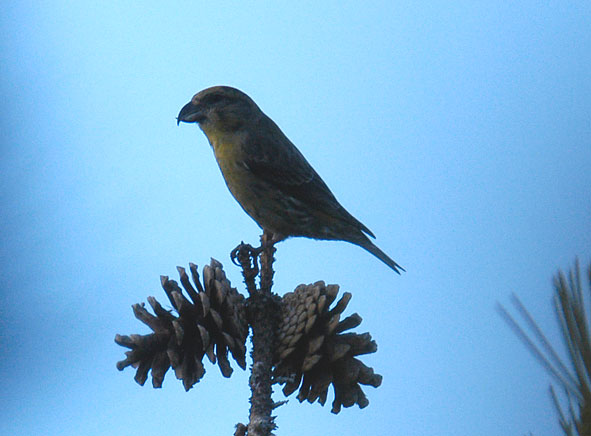
The area around Mavrokolymbos Reservoir held endemic Cyprus pied wheatears, chukars, and I saw a wryneck on my drive back.
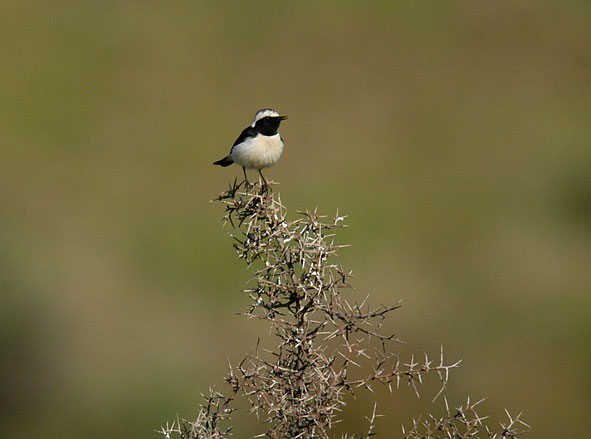
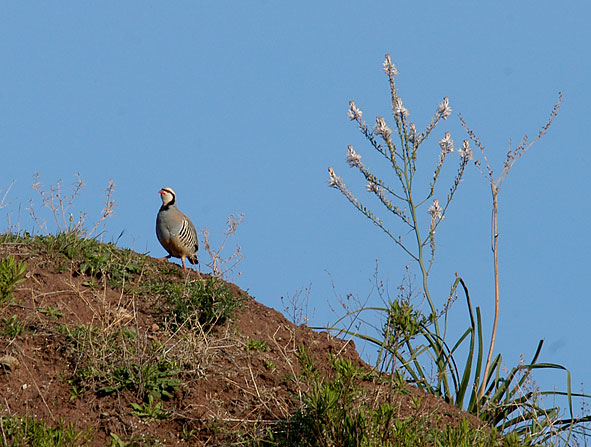
To find real wilderness, it is worth taking a 4WD into the Akamas peninsula. Turtles breed on the beaches here, though their eggs are taken for hatching, or nests protected on the beaches nowadays.
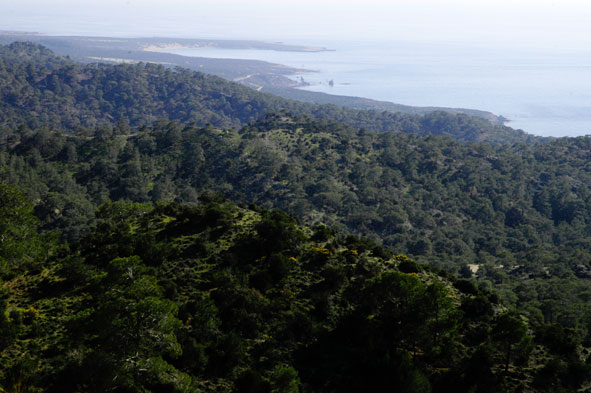
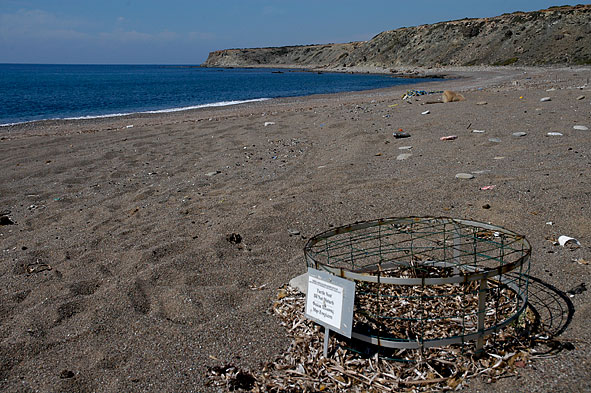
Other wildlife included long-eared hedgehogs, and starred agama lizards.
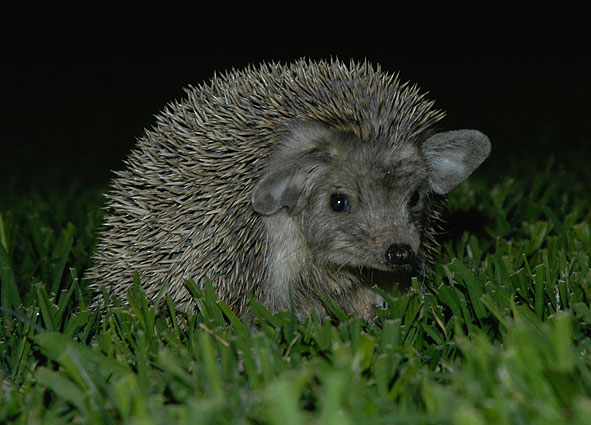
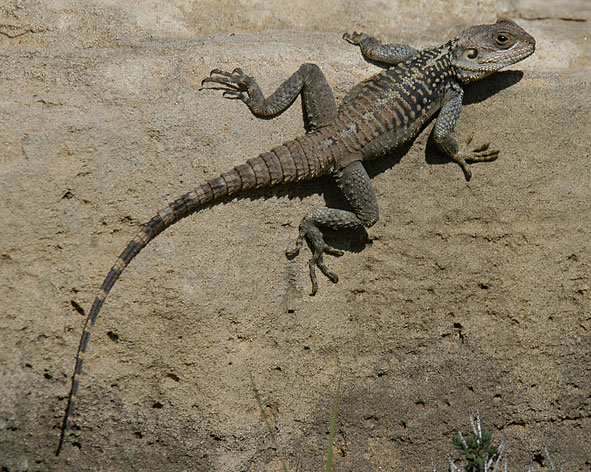
A great place for a family holiday, with something for everyone and excellent weather. A mid-April trip would be even better!
HB – around Helios Bay; MR - Mavrokolymbos Reservoir; PL – Pafos lighthouse; TK – Tomb of the Kings; AP – Akamas Peninsula; ApP- Aphrodite's Pool; TM – Troodos Mountains; AG – Agios Georgios.
• Shag – Pafos harbour. 30 past HB 21/3.
• Little egret – 4 PL 22/3.
• Grey Heron – 2 PL 22/3, 2 others over HB.
• Kestrel – common
• Peregrine – 1 AG 26/3.
• Chukar – common MR and 2 AP 26/3.
• BLACK FRANCOLIN – common. Seen around HB 22/3, PL 23/3.
• QUAIL – heard, TK 24/3.
• Spur-winged plover – one HB 21/3.
• Common Sandpiper – HB 24/3, PL and MR.
• Turnstone – 3 PL 22/3. AJ saw birds N of Helios Bay.
• Lesser black-backed gull – a flock of ca. 5 L.f. fuscus over HB 23/3.
• Yellow-legged gull – widespread along coast.
• Feral pigeon – common.
• Wood pigeon – common.
• Collared dove – common.
• Swift – strong passage ApP 26/3.
• Alpine swift – near Limosol 25/3, and several moving over ApP 26/3.
• Wryneck – MR 26/3.
• Hoopoe - TK 24/3; MR 26/3.
• Short-toed lark – up to 4 (27/3) HB.
• Crested lark – common.
• Swallow – Common, nesting HB. 100s migrating ApP 26/3.
• Red-rumped swallow – 10s migrating APP 26/3.
• House martin – 100s migrating ApP 26/3.
• Meadow Pipit – several HB.
• White wagtail – HB.
• Wren – 1 Caledonia Falls 25/3.
• Black redstart – HB, TK and MR.
• Stonechat – PL and AP.
• ISABELLINE WHEATEAR – one HB 27/3.
• Northern wheatear – several HB.
• CYPRUS PIED WHEATEAR – MR , AP and ApP.
• Blue rock thrush – male S of HB 21/3.
• Song thrush – HB 22/3.
• Cetti's warbler – common, especially in bamboo thickets.
• Fan-tailed warbler – common.
• Spectacled warbler – several MR.
• Subalpine warbler – one female dead HB 24/3 – probably flew into hotel window.
• Sardinian warbler – MR.
• CYPRUS WARBLER – common MR. Also HB.
• RUPPELL'S WARBLER – male HB 23/3.
• Lesser whitethroat – HB and MR.
• Blackcap – HB, MR.
• Chiffchaff – common.
• Coal tit – common in Troodos 25/3. Endemic subspecies cypriotes .
• Great tit – common.
• Jay – several Troodos 25/5. Endemic subspecies glaszneri.
• Magpie – common.
• Jackdaw – common.
• Hooded crow – common.
• Raven – 2 over Mt Olympus 25/3.
• Starling – 1 Pafos harbour 23/3.
• House sparrow – common.
• Spanish sparrow – small breeding colony at Victoria? restaurant N of Helios Bay.
• Chaffinch – 1 Troodos 25/3.
• Greenfinch – common.
• Goldfinch – common.
• Siskin – 2 Troodos visitor centre, 25/3.
• Linnet – several HB.
• Crossbill – ca. 5 Troodos 25/3.
• CRETZSCHMAR'S BUNTING. Up to 4 (27/3) HB. 2 AP, 3 MR.
• Corn bunting – common HB.
63 species










